By PRO IUNVA
Twenty six military barracks, posts and other properties were taken over by the National Army of Saorstát Eireann (the Irish Free State) during the month of December 1922 and just two are in use today by Óglaigh na hÉireann, McKee Bks and Bricin’s Military Hospital.
On Thursday 14th December six installations were taken over from the departing British Forces: the Viceregal Lodge (now Áras an Uachtaráin), the Chief Secretary’s Lodge (now Deerfield, the official residence of the United States Ambassador to Ireland), Richmond Barracks, Islandbridge Barracks (later Clancy Bks), Islandbridge Remount Stables and Islandbridge Ordnance Barracks.
On Friday 15th December two installations were taken over: the North Dublin Union and the Royal Hibernian Military School (now part of St Mary’s Hospital in the Phoenix Park).
On Sunday 17th December eighteen installation were taken over: the Magazine Fort Phoenix Park, the Shell Factory (on Parkgate St), the Royal Hospital Kilmainham, Headquarters Irish Command and the Red House (later DFHQ on Infirmary Rd), Arbour Hill Barracks, the Detention Barracks Arbour Hill, Marlborough Barracks (now McKee Bks), RAOD Clothing Depot, Detail Issues Stores, WD Laundry, King George V Hospital (now St Bricin’s Military Hospital), Medical Stores, the RIC Depot (now Garda HQ), the Isolation Hospital, Hutments Kingsbridge (the Worcestershire Regiment), the North Wall Hutments Rest Camp, Royal Barracks (now Collins Bks Museum) and the Hutments North Wall Extension.
Extract from the Irish Independent on Monday 18 December1922 on the Takeover of Marlborough Bks on Sunday 17 Dec 1922.
AT MARLBOROUGH BARRACKS.
Shortly before 9 a.m. Comdt B MacMahon, Brig O’Donnell, Staff Capt O’Reilly and Sergt-Major O’Sullivan arrived at Marlborough Barracks for the formal transfer. They were met by Lieut-Col Pakenham, CMG, DSO O/C 2nd Batt the Border Regt, whose command formed the British garrison, and his Adjt, Lieut Walker MC. The transfer was carried out in a few moments.
By this time the British infantry were drawn up in the square waiting to depart. A number of people attracted by the unusual sight of troops in heather green inside the gate, had collected. Presently, the distant strains of martial music were heard, and a couple of minutes later a company of the 1st Northern Division, under Capt Doherty and Lieut Smith, marched in through the NCR Gate, headed by the band of 2nd Eastern Division. They were accompanied by an armoured car and a lorry of troops.
It was a proud moment for an Irish observer, and the music of “A Soldier’s Song” with the glorious memories it always recalls, greatly intensified the emotional effect of the scene. The band has reached the third and fourth lines of the chorus as they swung through the gate. The troops caught the significance of the coincidence, and their pride and joy showed in their faces, but more in their erect soldierly carriage.
AN IDEAL BARRACKS.
They halted in the centre of the square, the music ceased, as rigid as statues they waited for the British to leave. Their evacuation was carried out without delay. As the last files of the British disappeared from view, the Irish band struck up “Eileen Oge” and the gay rollicking strains of the oldest marching song of the Irish army was an appropriate finishing touch.
The British officers expressed regret at leaving the barracks, which are ideal quarters for troops and splendidly situated.
Their last garrison was composed of about 300 men but they can accommodate about 500, and have, in addition, extensive stables and a splendid modern training school for horses.











